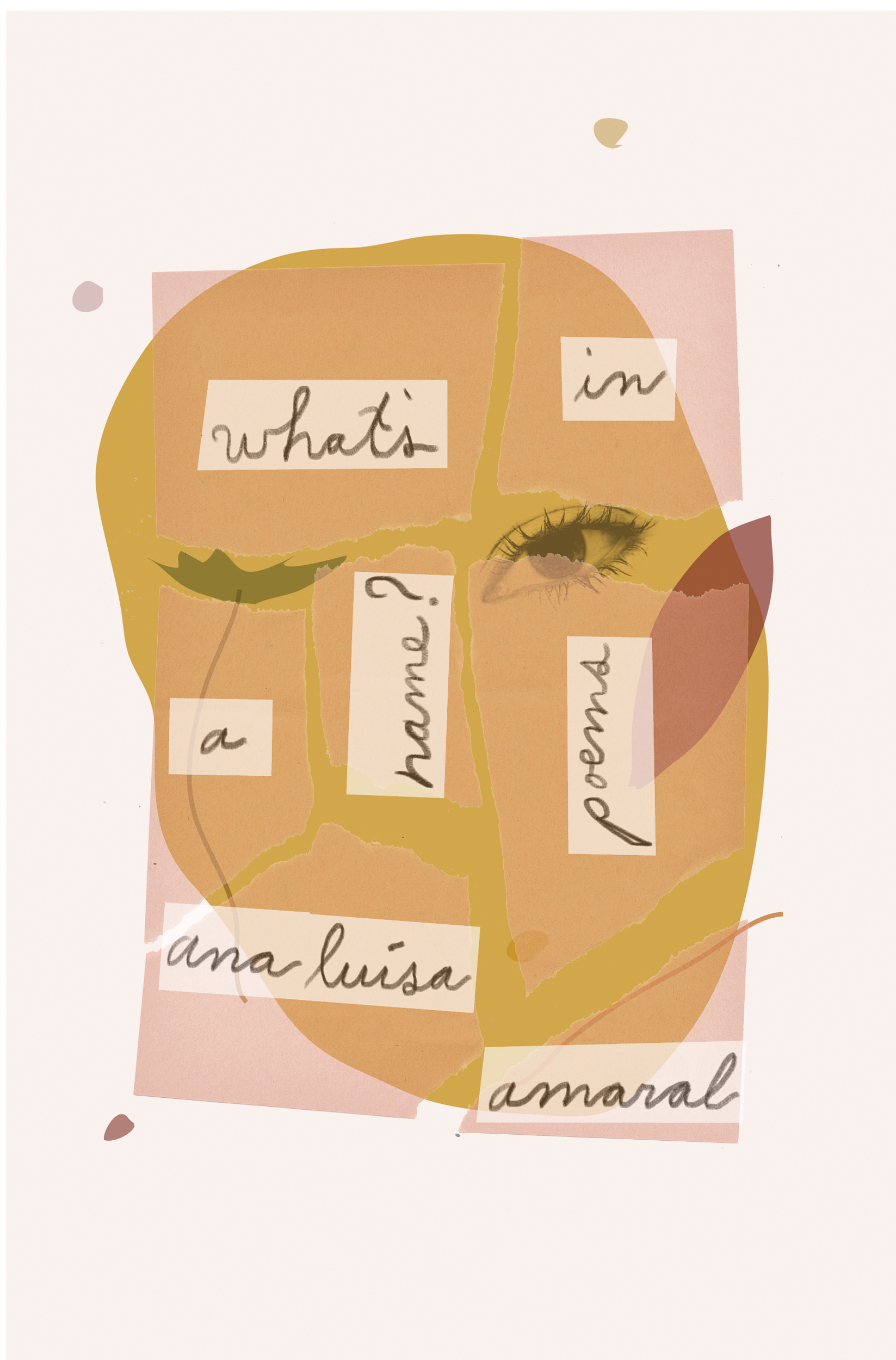THE BODY PAPERS BY GRACE TALUSAN
In The Body Papers, Grace Talusan positions her memoir as a series of bodies: the body of the family, the body of a city, the body of a culture and a heritage, and all link inextricably back to the personal body that Talusan inhabits. The topics she explores are numerous, which could become overwhelming if not for her undaunted prose, the connections drawn between images. The memoir itself becomes a body—many parts cooperating, an alliance of movement.
It would be too simple to say this is a brave book. Talusan guides us, so we see what must be seen about how a body survives, the danger from within and without. As a Filipino immigrant, she grows within a racist society that simultaneously others her and makes her invisible. Her memoir tells us of the measures that her parents took to protect her from deportation; her sexual assault as a young girl by a grandparent, leaving her with unanswerable questions and harm to her body and mind; and the cancer she faces in adulthood, in her own body and in the bodies of beloved family members. But in each of these narratives, Talusan finds a way to reflect on love, community, and responsibility—even in their most broken, desperate forms. She writes of watching Filipinos cross the life-threatening streets in Manila: “They do it calmly and gracefully, taking a few steps and then stopping in the middle of a busy intersection, where they wait patiently for cars to cross their path. They don’t flinch when a car brushes past them. They don’t scream or jump when a car speeds towards them. Sometimes they hold on to the person next to them and they cross together, guiding each other to stop or go, now, quickly.” With The Body Papers, Talusan offers to cross with you, through distress and danger, always moving the body forward.
—Review by Joy Clark









